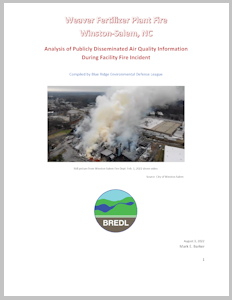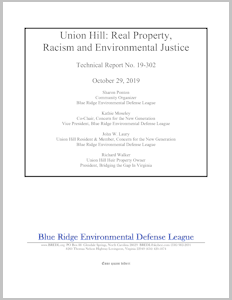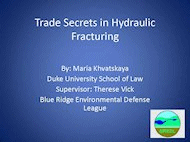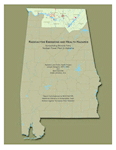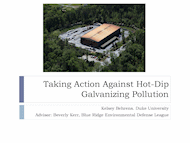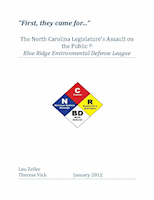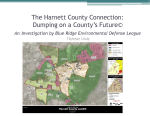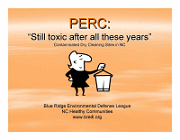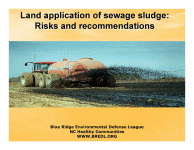|
Aug. 03, 2022: The Blue Ridge Environmental Defense League has released a report which shows that hazardous air quality during the Weaver Fertilizer Plant fire was downplayed. The report Winston-Salem Weaver Fertilizer Plant Fire - Analysis of Publicly Disseminated Air Quality Information During Facility Fire Incident highlights instances when local officials told the public that the air quality was okay and pollutants were just "irritants" when, in fact, levels of Particulate Matter 2.5 were in the U.S. Environmental Protection Agency's hazardous and very unhealthy categories. |
